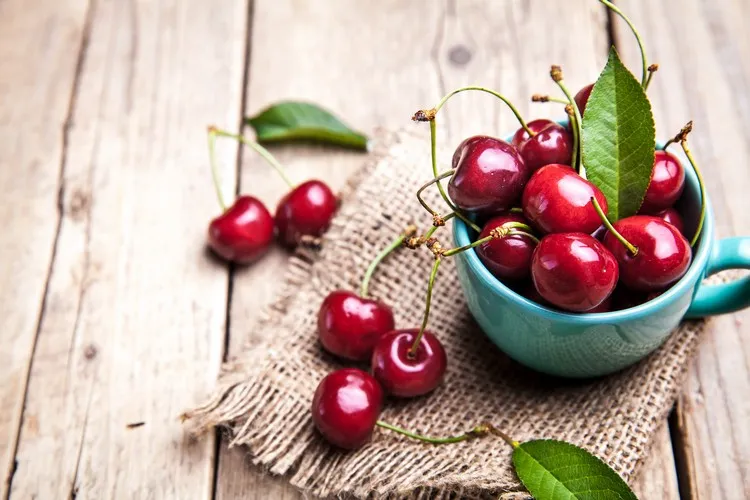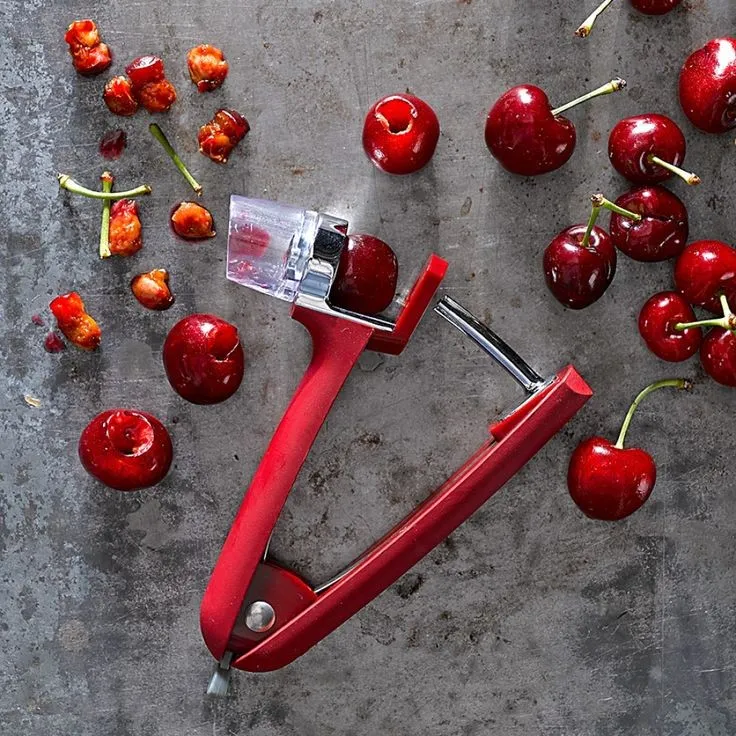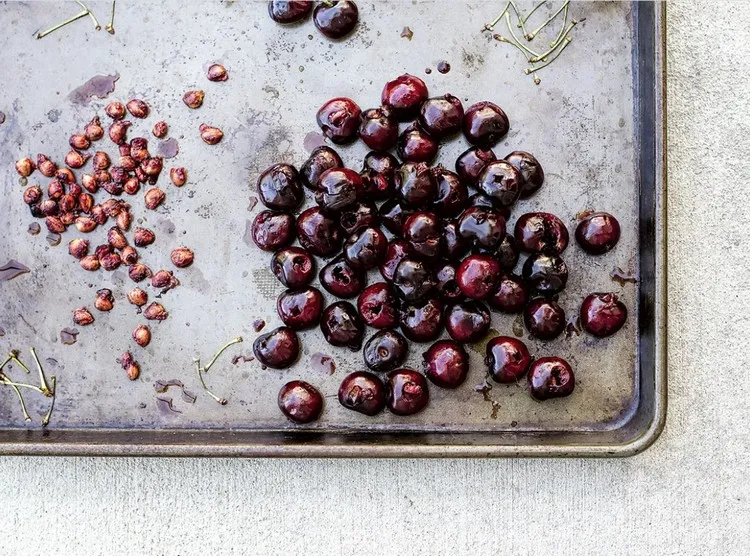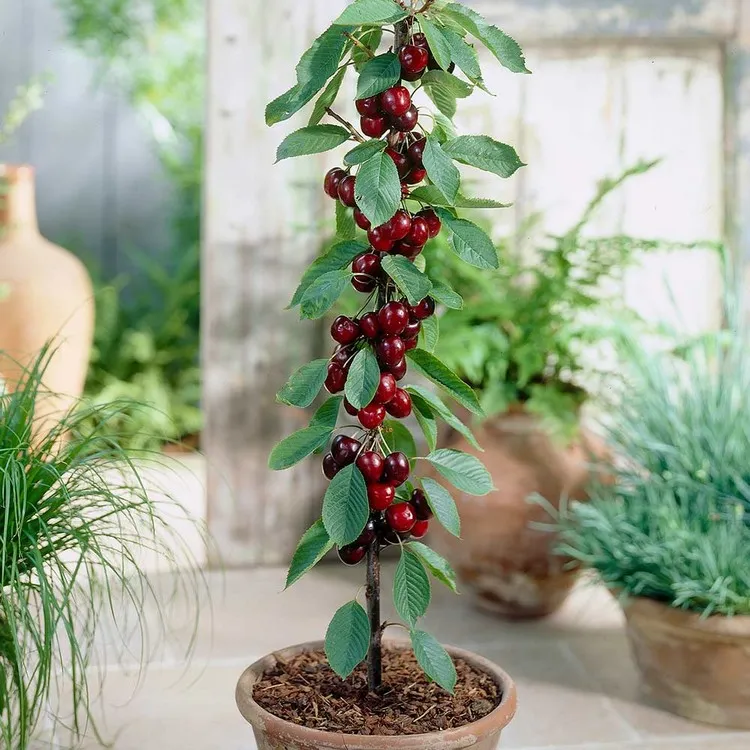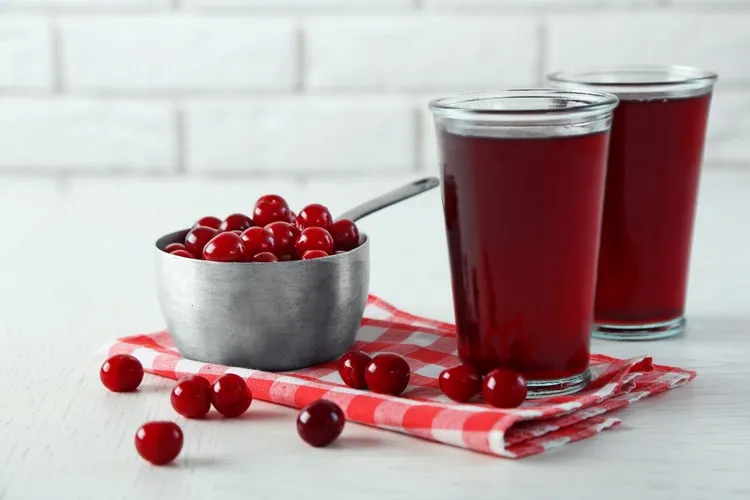Have you wondered what to do with cherry pits? Yes, it’s officially the cherry season! Whether it’s a delicious cake, fresh ice cream for hot days, pies or homemade jam, this fruit is universal. However, the consumption of small red fruits also results in waste that, believe it or not, we can recycle in some surprising and unsuspected ways. As you probably already guessed, these are the cherry pits. Here are 5 tips to use them!
Are cherry pits poisonous?
Before revealing the different ways to recycle this waste, it is important to first examine an interesting fact about its toxicity. Cherries have a pit that surrounds their seed. Just like other stone fruits, cherry pits contain amygdalin. The latter features cyanogenic glycosides, which is a chemical that the body converts into a toxic compound called hydrogen cyanide. It interacts with oxygen transport, which can damage vital organs like the brain, heart and lungs. Here is the reason why you should never eat the pits of cherries.
SOS, I swallowed a cherry pit! What to do? In general, swallowing a pit is unlikely to be toxic. However, chewing one or more can produce hydrogen cyanide. If you chew and swallow several pits, symptoms such as headaches, convulsions and difficulty breathing may occur. In all cases, medical assistance is required.
Although these pits are not edible, there are safe ways to use them for culinary purposes. Note that the recipes do not use the pits themselves, but rather aim to extract flavor from the remaining fruit. So, let’s see what to do with cherry pits.
Our 5 tips for recycling cherry pits
You have just prepared a delicious dessert and you are wondering what to do with the pits? Then you have come to the right place since the editorial staff has prepared some good ideas for recycling cherry pits in unexpected ways.
DIY cherry pit hot heating pad
Do you know that it is quite possible to use cherry pits for DIY heating pad? Pits are particularly renowned for maintaining and restoring heat, hence they are very practical for making this type of pads. Such a pad acts as a universal remedy and its ergonomic shape makes it very easy to use on the different parts of the body.
The heating pads are used to relieve painful periods, low back pain, back pain, etc. But, which fabric should you choose? Choose high-quality cotton fabric. Now we invite you to watch the video below to learn how to make such a cherry pit heating pad. Note that the pits of the cherries must be well cleaned and dried in the sun.
Chase away anxiety with a stress ball
Anti-stress balls are an effective tool to drive away anxiety, reduce stress and relax. Make such a ball by filling a small ball with cleaned and well-dried cherry pits.
Provide good drainage for your plants
How about swapping pebbles for cherry pits to provide good drainage for your plants? Place a layer of about 2-5 cm at the bottom of the pot before installing the plants. This method will prevent water stagnation.
Can you grow a cherry tree from pits?
Yes, you can! Carefully clean about ten cherry pits with a brush under running water and let them dry for 5-6 days. Transfer to a container and put in the fridge for 10 weeks. After that, take the pits out of the fridge and leave them in the kitchen so that they can come to room temperature. Take 2-3 pits and put them into a container with soil. Water and wait to see your seedlings.
Prepare a syrup from the cherry pits
Preparing your favorite jam of course requires pitting the cherries, but then you end up with a lot of pits? So continue with your culinary adventures by preparing cherry pits syrup. Here are the ingredients needed:
- 200 g of cherry pits
- 100 g of sugar
- A pinch of salt, to taste
- 1 drop of rose water (optional)
- 1 drop of almond extract (optional)
Directions:
- In a small bowl, combine the pits with the sugar and mix. Then cover tightly and set aside for about 3 hours. Shake the bowl occasionally to help dissolve the sugar.
- Once the sugar has completely dissolved, strain the syrup through a fine-mesh sieve.
- Season with a pinch of salt and add a drop of rose water and a drop of almond extract.
- Pour the syrup into an airtight container and refrigerate for up to a month.


